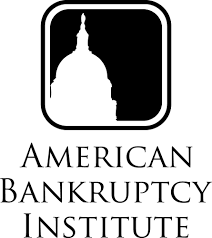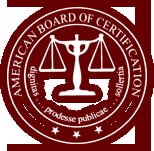|
Chapter 7 bankruptcy is sometimes called "liquidation" bankruptcy. This is because the court sells off some of the person's property in order to pay off their debts. This type of bankruptcy is usually for people who don't have a lot of money or property to begin with.
Chapter 13 bankruptcy, on the other hand, is sometimes called a "reorganization" bankruptcy. This is because the person keeps their property and works out a payment plan with the court to pay off their debts over time. This type of bankruptcy is usually for people who have a steady income and can afford to make payments. There are pros and cons to each type of bankruptcy. For Chapter 7, the biggest pro is that the person can usually get rid of all their debts quickly and start fresh. But the con is that they might lose some of their property, like their car or their house. For Chapter 13, the biggest pro is that the person gets to keep their property and pay off their debts over time. But the con is that they have to make regular payments for several years, which can be difficult. Now, let's talk about secured and unsecured creditors. A creditor is someone who is owed money by the person filing for bankruptcy. A secured creditor is someone who has a "security interest" in the person's property. This means that if the person doesn't pay their debt, the creditor can take their property. For example, if someone takes out a loan to buy a car, the bank is a secured creditor because they can repossess the car if the person doesn't make their payments. An unsecured creditor is someone who doesn't have a security interest in the person's property. For example, if someone owes money on a credit card, the credit card company is an unsecured creditor because they can't take anything from the person if they don't pay. In Chapter 7 bankruptcy, secured creditors usually get paid first because they have a security interest in the person's property. If there is any money left over after paying the secured creditors, it goes to the unsecured creditors. In Chapter 13 bankruptcy, the person works out a payment plan with the court that usually includes paying the secured creditors in full over time. Unsecured creditors might get some or all of their money back, depending on how much the person can afford to pay. In most cases they get close to 0%, but it depends on what's left over after net income minus 'reasonable and necessary expenses'. In conclusion, bankruptcy can be a difficult decision to make, but it can also be a way for people to get out of debt and start fresh. Chapter 7 and Chapter 13 have different pros and cons, so it's important to reach out to Sweeney Law Offices to go over your options!
0 Comments
|
AuthorHi! I'm American Board of Certification board-certified attorney Jesse Sweeney. I've been practicing bankruptcy for over 16 years and I thought this would be a great way to give you some insight into the process in a way that you can understand, without all the lawyer-speak that can make things confusing. Let me know if you have questions! Archives
May 2023
Categories |
 RSS Feed
RSS Feed


